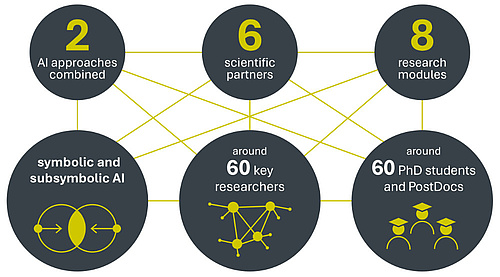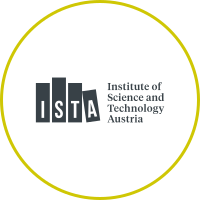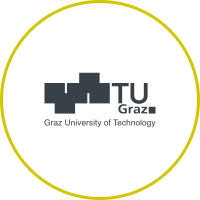About the project
The project “Bilateral AI” aims at lifting artificial intelligence (AI) to the next level. Current AI systems are in a sense narrow. They center on a specific application or task such as object or speech recognition. Our project will combine two of the most important types of AI which have been developed separately so far: symbolic and sub-symbolic AI. While symbolic AI works with clearly defined logical rules, sub-symbolic AI (such as ChatGPT) is based on training a machine with the help of large datasets to create intelligent behavior. This integration, resulting in a Broad AI, is intended to mirror
something that humans do naturally: the simultaneous use of cognition and reasoning skills.

BilAI at the 2nd edition of "University meets Industry: Talents for Carinthia"
Hosted by the University of Klagenfurt, the event showcased innovation and talent in the region. Another highlight: the presentation of "Bilateral AI" by Gerhard Friedrich, a member of the cluster’s executive board.
Read more
Save-the-Date: AI Festival at TU Wien
Join us from December 1-3, at TU Wien for a three-day festival revolving around Artificial Intelligence! The festival will bring together leading international researchers, industry experts, and the general public to explore how AI is transforming science, technology and society.
Read more
Connecting Minds, Shaping AI: The first BilAI Industry Day in Graz
On October 3, 2025, the very first BilAI Industry Day took place at TU Graz. Researchers, industry experts, and innovators came together to explore how bilateral AI research can be translated into real-world applications, and how industry insights can shape future research directions.
Read more












